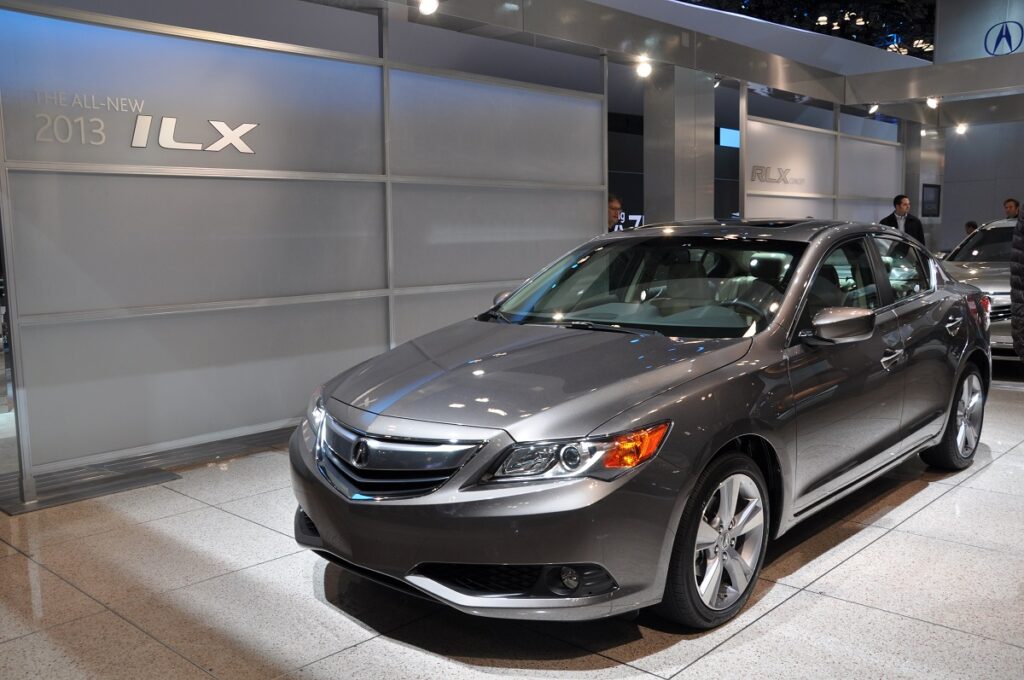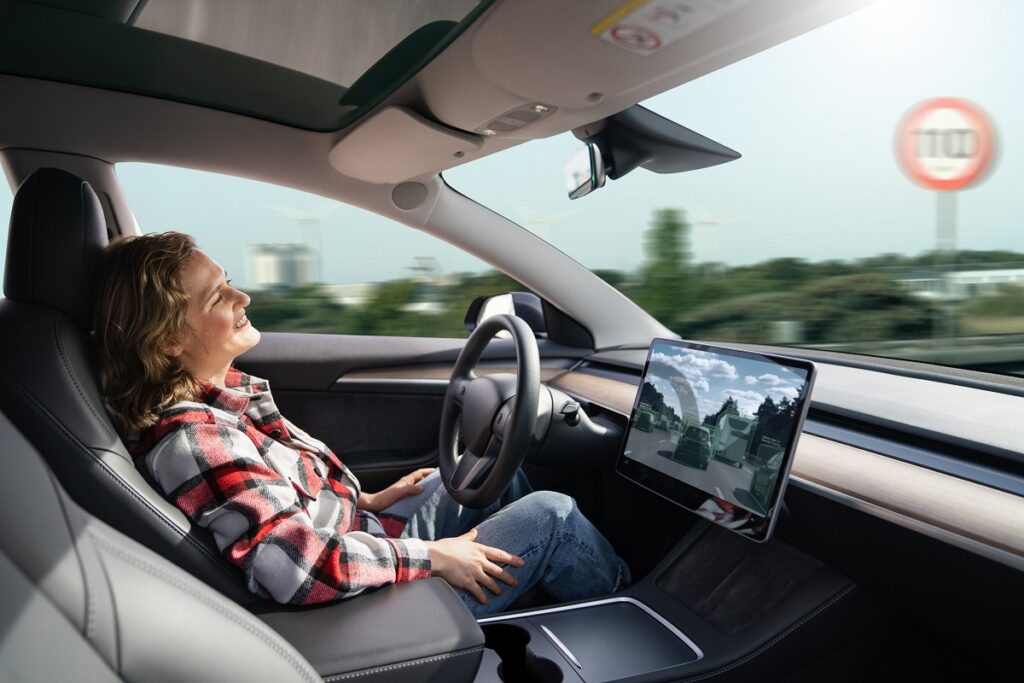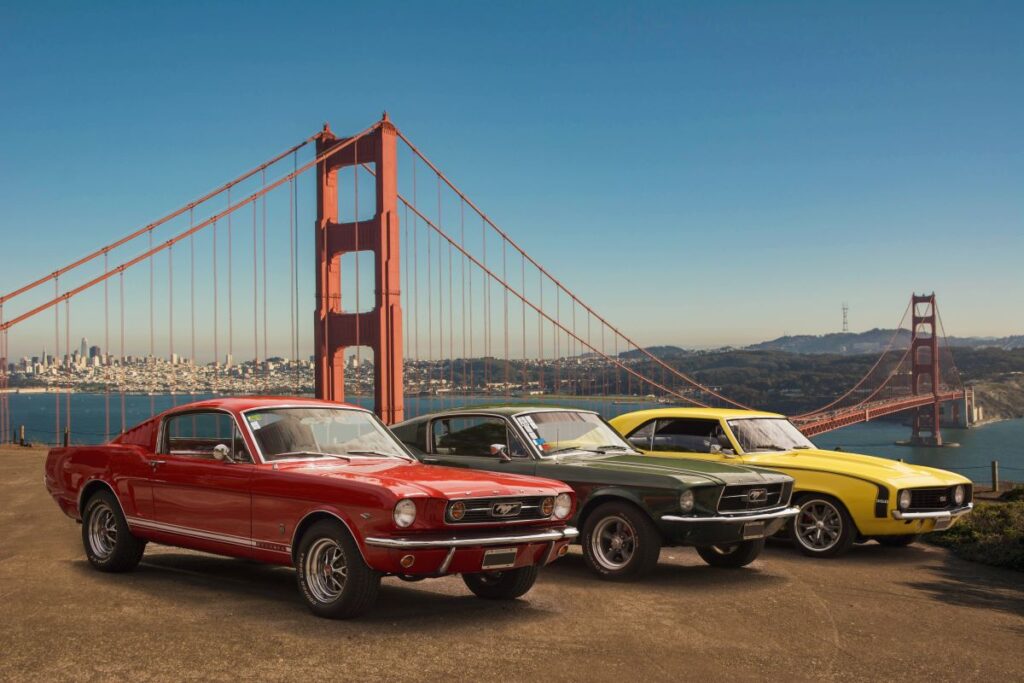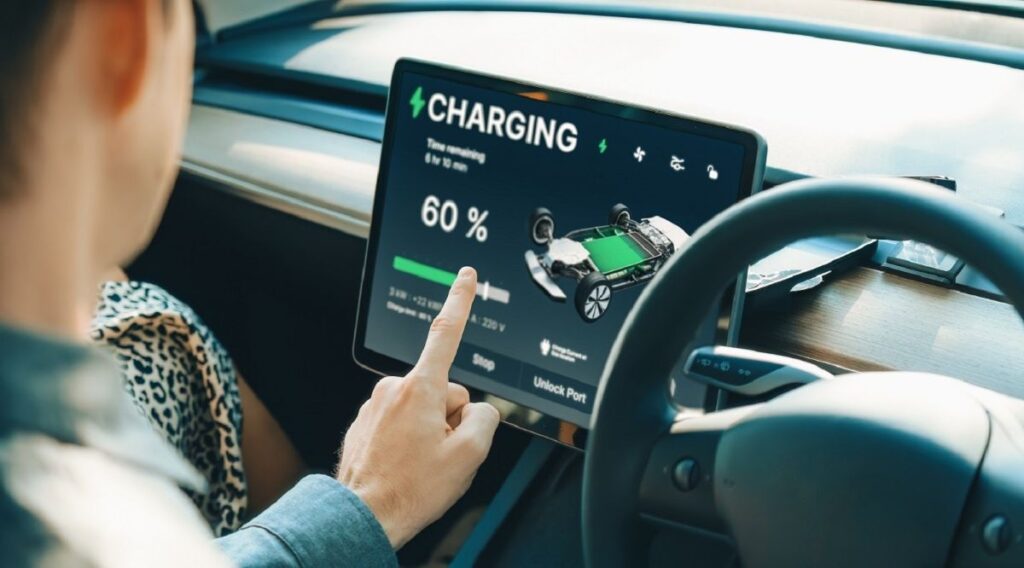While scoring a deal on one of America’s cheapest cars like the Chevrolet Spark, Nissan Versa, or Hyundai Accent might seem like a win for your wallet, this decision might come with unexpected drawbacks. Let’s examine the hidden risks behind these budget-friendly choices.
1. Compromised Safety Features
Models like the Ford Fiesta often reduce costs by forgoing advanced safety technologies such as adaptive cruise control and lane-keeping assist, potentially compromising driver safety.
2. Lower Resale Value
Economical vehicles like the Kia Rio depreciate faster than more robust models, meaning you could lose more in resale than you saved in purchase.
3. Higher Maintenance Costs
Cars like the Chevrolet Spark use less durable materials and parts to keep the sticker price low, leading to more frequent and expensive repairs over the car’s lifespan.
4. Less Comfort and Convenience
The Mitsubishi Mirage, while affordable, often lacks the comfort and technological amenities that come standard in higher-end vehicles, such as automatic climate control and ergonomic seating.
5. Poor Fuel Efficiency
Despite their small size, some models like the older versions of the Hyundai Accent do not include the latest fuel-efficient technologies, which can lead to higher fuel costs in the long run.
6. Limited Warranty Coverage
Cheaper models like the Nissan Versa come with more limited warranty terms, potentially exposing owners to higher costs for repairs that would be covered under more comprehensive warranties offered by pricier models.
7. Weak Performance
Driving an economical car such as the Toyota Yaris can often mean sacrificing performance, with less powerful engines and slower acceleration, particularly noticeable on highways or in challenging driving conditions.
8. Fewer Tech Features
If you opt for something like the Ford Fiesta, you may miss out on advanced infotainment systems and connectivity features available in more expensive vehicles.
9. Reduced Noise Insulation
Budget-friendly cars such as the Chevrolet Spark typically have minimal soundproofing, which can lead to a noisy cabin, particularly at higher speeds.
10. Cheaper Tire Quality
Vehicles like the Kia Rio often come equipped with lower-quality tires that may not perform well in adverse weather conditions and could need more frequent replacement.
11. Less Effective Air Conditioning
Models such as the Mitsubishi Mirage are sometimes equipped with weaker air conditioning systems, making summer drives less comfortable.
12. Lower Quality Interior Materials
The interiors of cars like the Nissan Versa are often made with cheaper materials that wear out faster and offer less aesthetic appeal than those found in higher-end models.
13. More Prone to Rust
Cars like the Hyundai Accent may lack advanced anti-corrosion treatments, increasing the risk of rust over time, especially in climates with harsh winters.
14. Limited Customization Options
Choosing an economical vehicle like the Toyota Yaris may limit your options for customization, leaving you stuck with the basics.
15. Sparse Dealer Networks
Brands offering cheaper models, such as Mitsubishi, often have smaller dealer networks, which can pose challenges for maintenance and repairs.
16. Inconsistent Ride Quality
The suspension systems in budget models like the Ford Fiesta are less sophisticated, which can translate to a bumpier, less comfortable ride.
17. Higher Financing Rates
Opting for an inexpensive model like the Chevrolet Spark might subject you to higher interest rates, potentially negating the savings from the lower purchase price.
18. Slower Software Updates
Tech-equipped budget cars, such as the Nissan Versa, may experience infrequent and glitchy software updates, detracting from the user experience.
19. Complicated Insurance Claims
Insurers may offer less favorable terms for cheaper, less safe cars like the Kia Rio, potentially leading to higher premiums and more complicated claims processes.
Think Twice
While the allure of a low price is strong, the true cost of owning America’s cheapest cars may be higher than expected. Consider these factors carefully to ensure that your next vehicle purchase is a smart long-term investment.
Featured Image Credit: Shutterstock / DedMityay.
The content of this article is for informational purposes only and does not constitute or replace professional advice.
The images used are for illustrative purposes only and may not represent the actual people or places mentioned in the article.
For transparency, this content was partly developed with AI assistance and carefully curated by an experienced editor to be informative and ensure accuracy.










